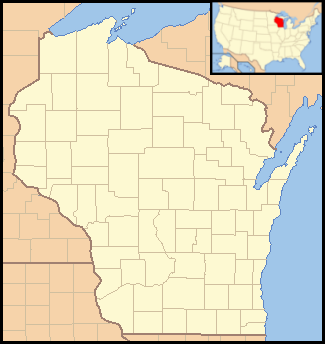What the Wisconsin primary results mean
April 7, 2016
Tuesday night was the Wisconsin primary for both the Republican and Democratic parties. On the Republican side, the results were important and represent an important point in the race for their nomination. On the Democratic side, the results are being hyped by many as important, but in reality, change very little in their race.
We’ll start with the Republican results. Ted Cruz won the state of Wisconsin, taking 48.2% of the vote to Trump’s 35.1%, but more importantly, Cruz took 36 delegates to Trump’s 6. This is quite a big set back for Trump and now puts his hope for winning the 1,237 delegates to win the nomination in jeopardy. Trump will need to win nearly 60% of the remaining delegates to reach the 1,237 mark, which is incredibly unlikely based on what Trump has done up to this point. The most likely scenario now for the Republican party is that no candidate reaches the 1,237 delegate threshold and the party moves forward to a contested convention this summer.
On the Democratic side, Bernie Sanders won Wisconsin, taking 56.6% of the vote to Clinton’s 43.1%. This looks like a good win for Sanders on the surface, but Sanders only won 48 delegates to Clinton’s 38 because the Democratic primaries are proportional, so Sanders didn’t make as much of a dent in Clinton’s lead as some people are making it out to be. As of April 7th, Clinton is up 250 pledged delegates. This doesn’t even take into account superdelegates, which Clinton currently leads 469-31. With the Democratic primaries being proportional, it will be incredibly difficult for Sanders to make up the necessary ground on Clinton to win the nomination. Clinton is still a heavy favorite to win the Democratic nomination.




